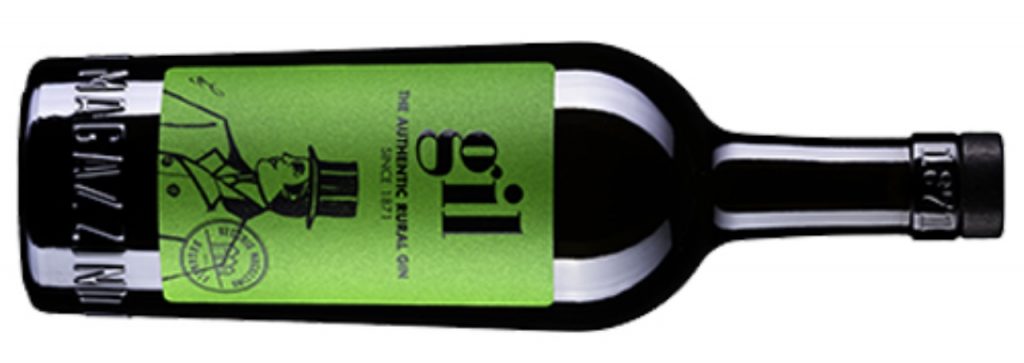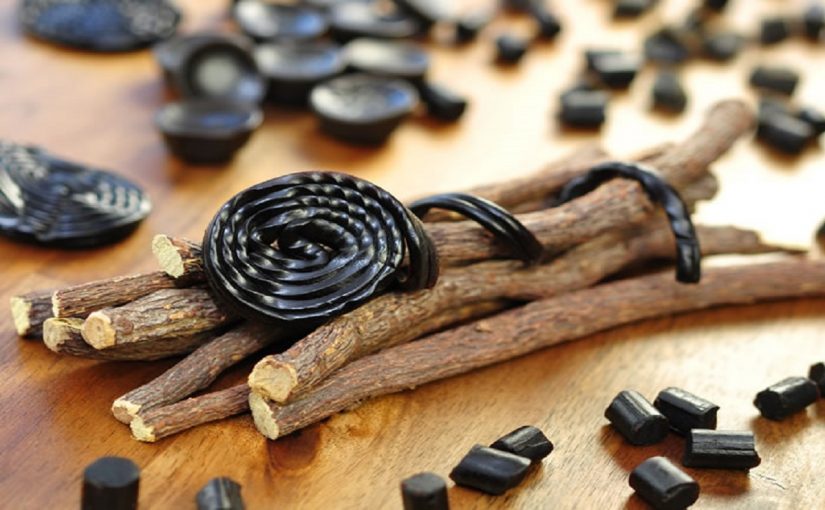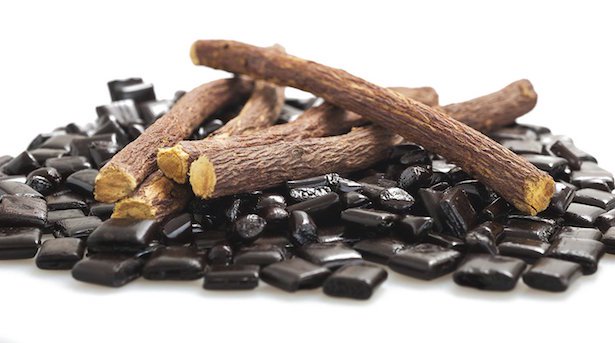29.9.2019
The ship that was supposed to take Mr. Jefferson, an American, from Panama to the port of Genoa began to take water in the middle of the Mediterranean. Within minutes he was sucked into the bottom with his load of bottles filled with sugarcane distillate.
The captain, along with Roger and Gil, two crewmen, driven by the currents, managed to reach the shore.

It was 1871 and the three American shipwrecked men were overthrown by the waves on the Tyrrhenian coast of Cosenza, Calabria, between Fiumefreddo and Fuscaldo.
Escaped from danger, they entered the inland areas, perhaps crossing Serra di Cecio and the summit of Cozzo Cervello, then down to the Valle del Crati, towards the houses.

GIOCONDO AND THE OLD CUSTOMS WAREHOUSE
Between Montalto Uffugo and Torano, in the Ziribba area, Raffaele Trombino, known as “u Giocondo”, managed the Old customs warehouse.
Three small buildings, one used as a dwelling, one for sale, the other for sale.
Jefferson, Roger and Gil found hospitality there: they settled in that warehouse (in dialect “s’accasarano”), working for Giocondo who traded in spices and in the dark, in a secret room, prepared liqueurs with cedar and bergamot.
Jefferson called this place the Perfumery. They set off together with Giocondo before dawn, with the cart and the empty baskets.
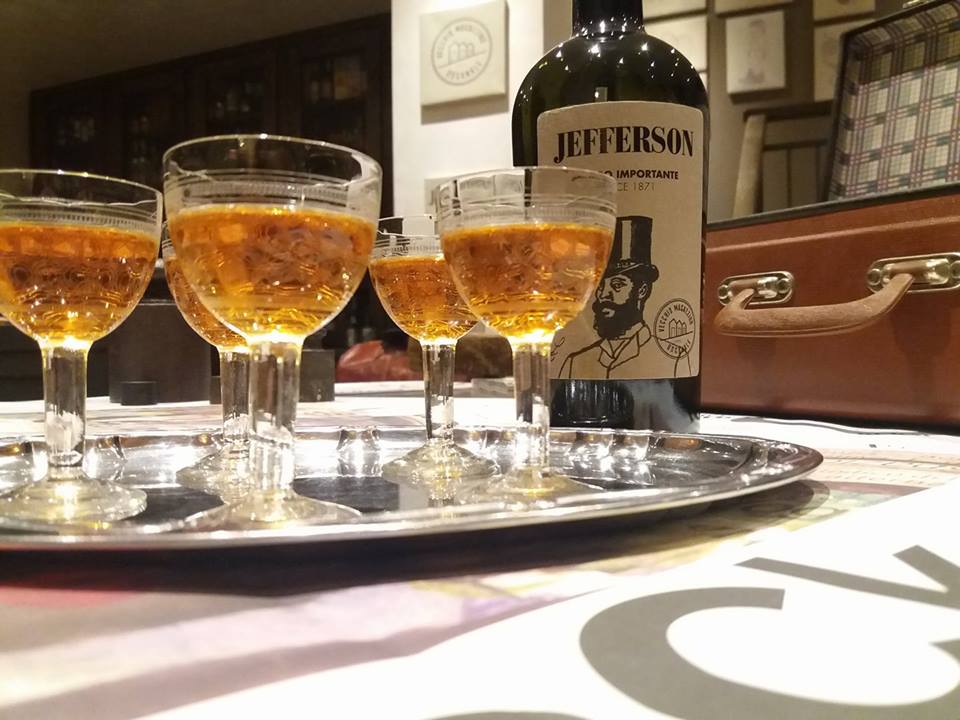
Four or five hours journey to reach the citrus groves, to the south the “Bergamotto Fantastico” plantations, to the north those of the “Cedri Diamante”.
JEFFERSON, THE BEST LIQUEUR IN THE WORLD
Little is known of what happened next.
Of men who left for other continents and never returned. Of women left, in America, to wait for the raising children and then emigrated to Germany. Of grandchildren that one piece at a time have re-established ties with the descendants of Mr. Jefferson and rebuilt a beautiful story. Even painful.
But what everyone now knows is that Jefferson’s bitter liqueur is the best liqueur on the planet, coming from Calabria!
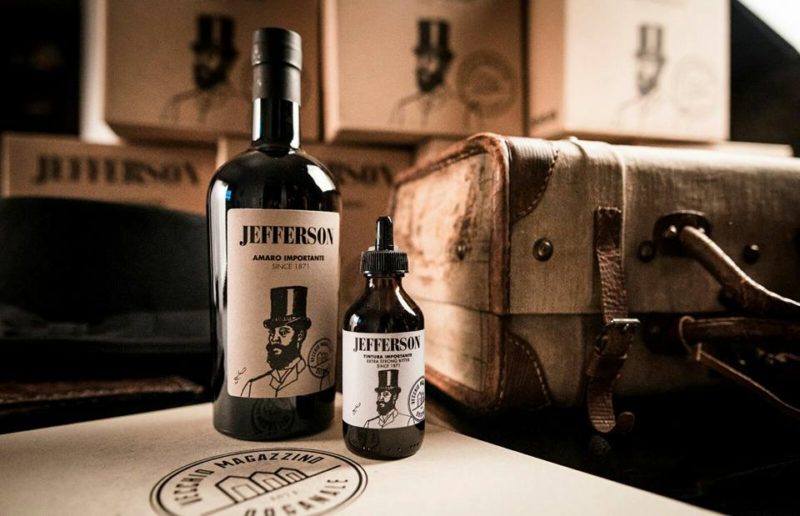
And also the best herbal liqueur in the categories of the World’s Drink Awards: in London, a few weeks ago, in 2019, it twice won the highest podium in the international contest that selects and rewards the best spirits in the world: “Great aroma, Bitter at the beginning, that passes. Soft and smooth and very well balanced with a herbal finish “.
Jefferson – Important bitter liqueur – is a mix of fresh botanical herbs, harvested in bloom and processed as it used to be: rosemary from Montalto Uffugo, oregan from Palombara (near Paola), lemons from Rocca Imperiale, oranges, bitter and sweet, and grapefruit from Bisignano, Roccella Ionica bergamot, the Sila gentian. All ineffable essences of Calabria.

AN OLD CUSTOMS WAREHOUSE
But who is the alchemist of the Old Customs Warehouse today? Who recovered the knowledge and secrets of “u Giocondo”?
Thick black beard, curled mustache, 20s bowler and a great desire to tell each other, amid moving and amusing anecdotes: Ivano Trombino is the author of Jefferson’s perfect recipe.
And not only. He spent seven years reconstructing the history of his family (while working as a liqueur representative for the Caribbean Company) experimenting with blends, between a flowering and another of his botanicals.
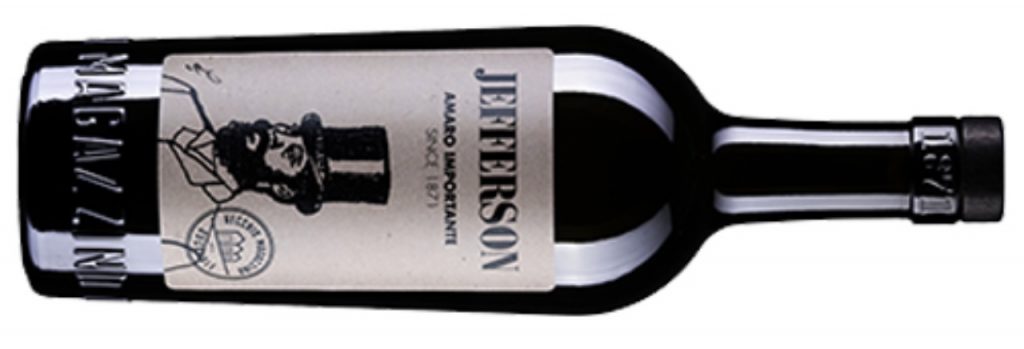
Now he is cultivating them in a large garden in Montalto Uffugo, in the province of Cosenza, where he has completely reconstructed the Old customs warehouse: a studio, a spice room, another one for infusions. He entrusted the care of citrus fruits to his father Francesco. “Let’s also say that it will be a contemporary place where promoting the culture of drinking and receiving visits from all over the world”, announces Trombino.
His company with its products (bottled near Cuneo, in the ancient Quaglia distillery) has an international niche target, connoisseurs between 30 and 70 years old.
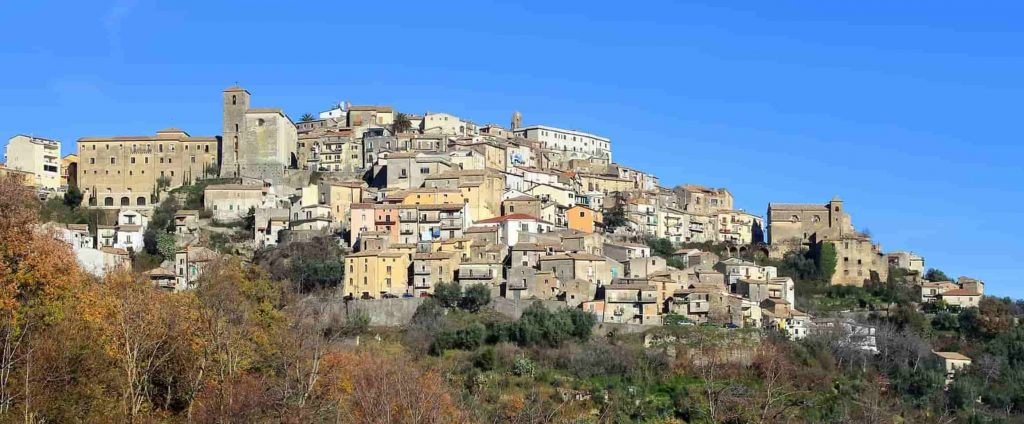
ROGER AND GIL
And next to Jefferson’s liqueur (“Natural and authentic bitter liqueur, like Calabria”, of which there is also the Extra Strong mother tincture, in the pharmaceutical bottle with dropper), there are “Roger’s bitter liqueur“, Bitter Extra Strong (“Keep Under Bench”, “Turbid from birth “Is indicated on the label) and “Gil“, a Gin distilled with rural production method, using Juniper and Lemons of Rocca Imperiale (protected under so called IGP mark).
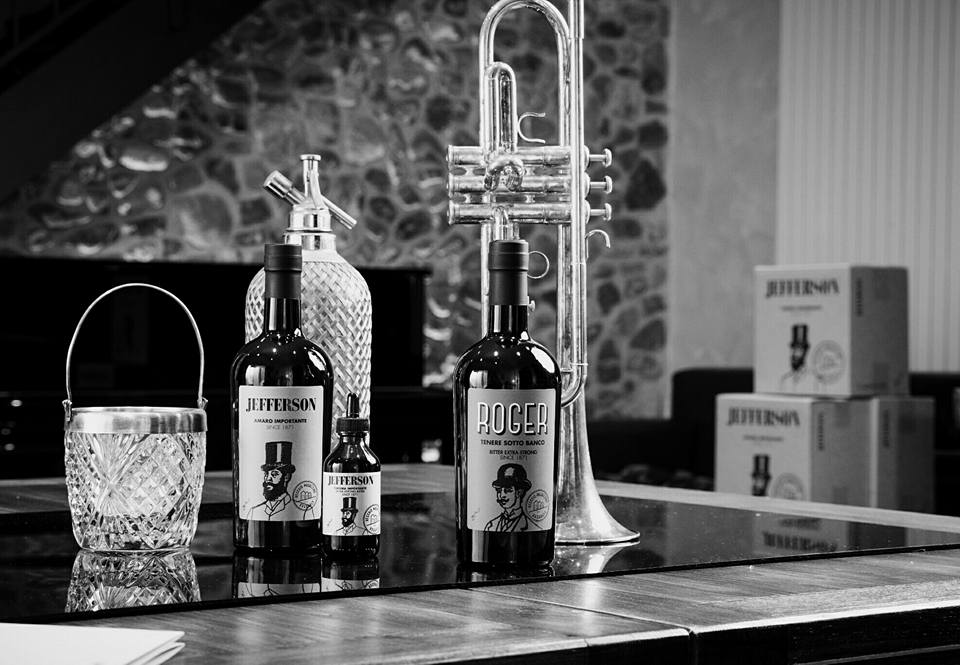
Together they recall the legendary past of the three American castaways.
Frack’s recipe is secret: is the result of three blends prepared from separate infusions, processed with fresh herbs (2 parts of amaricante and 1 vinous).
